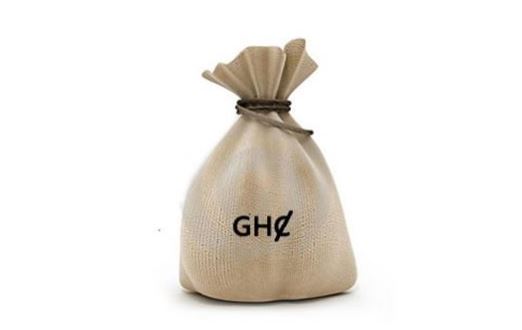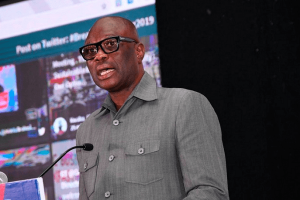Specialized Deposit-Taking Institutions (SDIs) in the country, particularly Saving and Loans (S&Ls) companies, are currently operating below their enormous potential for roping-in the vast informal sector, Head of the Financial Sector Division at the Ministry of Finance, Sampson Akligoh, has said.
Citing the consolidated balance sheets of the savings and loans industry, which show its total asset value hovering around 1 percent of Gross Domestic Product (GDP), as well as benchmark aggregate turnover – which is currently less than 1 percent of total tax revenue, Mr. Akligoh argued that a key component in the drive toward national economic development is being underutilized and called for more concerted efforts to remedy the situation.
“These figures clearly reveal that the future of this industry and the opportunities that are in it are quite enormous. It says two things; of course, government needs to play a more important role in strengthening the sector – but more fundamentally, private sector institutions like the Ghana Association of Savings and Loans Companies (GHALSAC) have a lot of work on their hands,” he said.
Mr. Akligoh shared these thoughts as guest-speaker at the 11th Annual General Meeting of the sector’s umbrella body. He was speaking on the theme ‘Looking Beyond COVID-19: The Role of the S&L Sector in the National Development Agenda’.
While commending the Association and its member-companies for their performance during the year under review, he stated that shocks from the pandemic, coupled with the vast financially-excluded informal sector – which accounts for some 80% of the urban economy – are cause enough to re-evaluate existing business modules which lag behind those employed by universal banks, especially in the adoption of digital tools.
“More than ever before, the business models that we have practiced over the years have proven to be unsustainable; as such, the enormous potential of reaching the informal sector has not been reached. In fact, we have seen from a lot of sector reports given to us that say the capacity of savings and loans, finance houses and micro-finance institutions to tap the digital age, to adapt to mobile money, have been very limited. And this limitation is so clear when compared to universal banks.
“These dynamics even pose a threat to the industry if nothing is done about them, because at the heart of it all the institutions which should have the model and flexibility to reach the informal sector remain the micro deposit-taking institutions,” he explained.
Mr. Akligoh reaffirmed the active support of his outfit to partner with the association and the sector regulator, the Bank of Ghana, to have “broad-based and honest” conversations aimed at increasing the capacity of SDIs.
Year under review
Offering insight into how the association fared in the year under review, Board Chair, Kwame Owusu-Boateng, stated that despite the especially tumultuous socio-economic year that was 2020, associate members of GHALSAC collectively served in excess of 4.9 million individual customers with assets totalling GH¢4.9billion in some 560 business centres across the country. “We also saw an improvement in the submission of reports and data to the association by members.”
Adding that a key feature of the Association’s strategy going forward would be partnerships with varied stakeholders, Mr. Owusu-Boateng said: “The time has come to take a second look at fintech firms, telcos and other third-party service providers, and consider how their services can help meet the rapidly evolving needs and expectations of our customers”.






